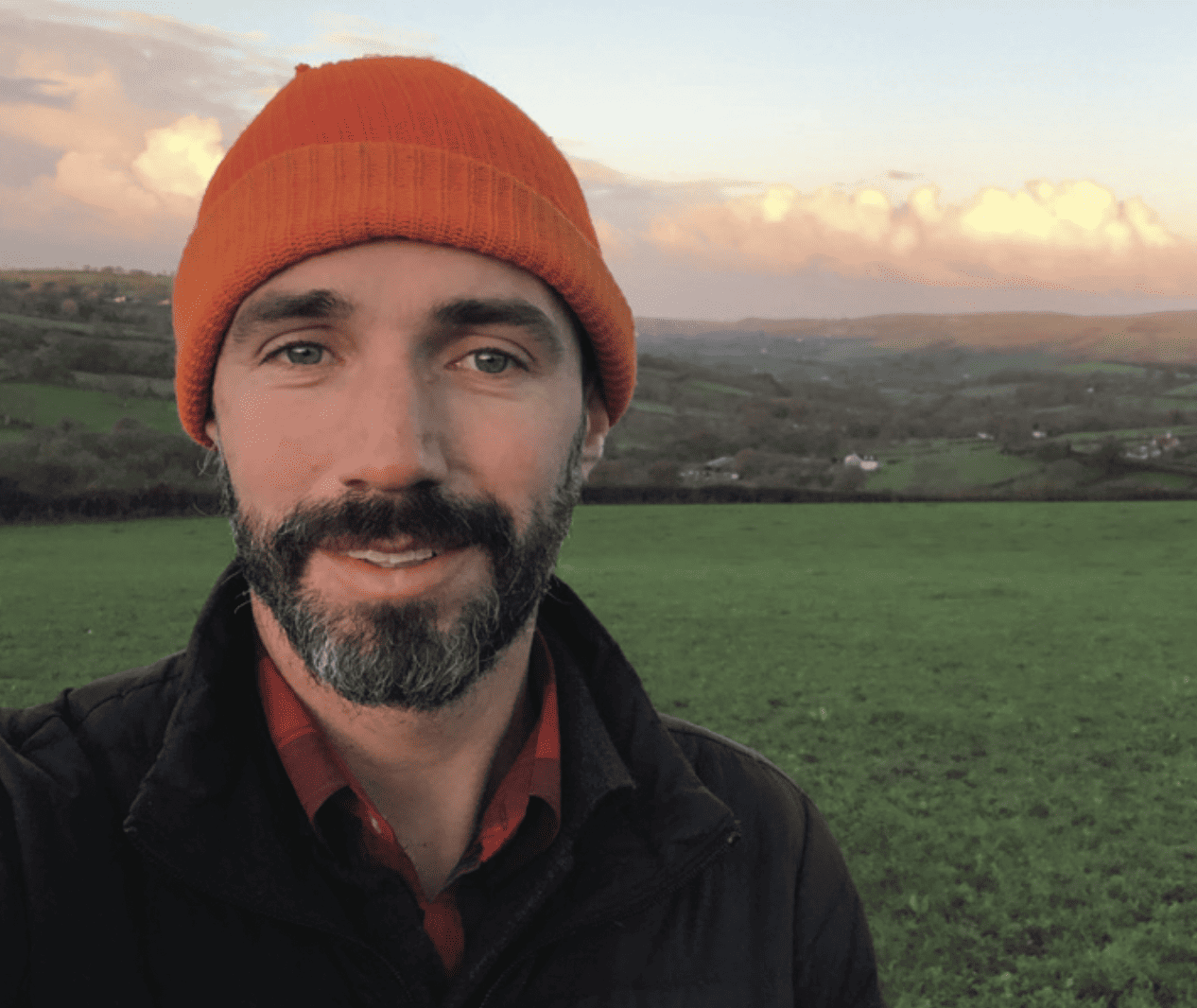Indian cheesemaking consists of more than paneer.
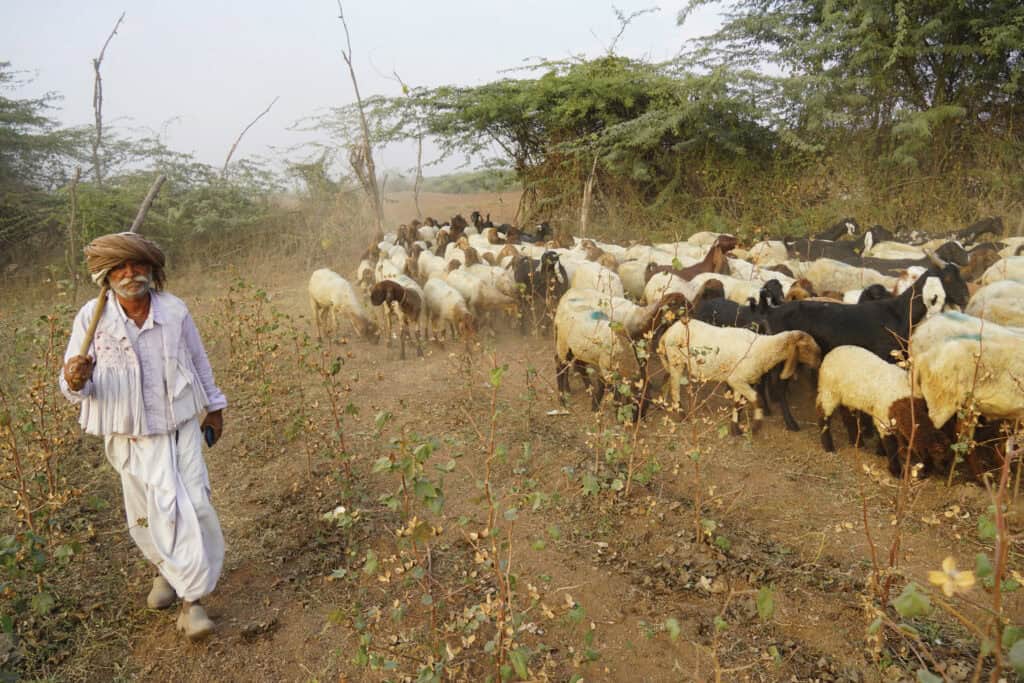
India is perhaps the most dairy-centric country on earth. Water buffalo and cow’s milk, in cans, bottles, and plastic bags, are distributed daily by truck and motorcycle throughout a vast, diffuse network of shops and restaurants. Eventually, the milk is transformed into giant vats of steaming chai, dahi (a type of yogurt), and clarified butter in its highest incarnation: golden ghee. Not to mention the range of sweets made by evaporating milk to a solid mass, known as khoya or mawa. Paradoxically, there is a noticeable lack of traditional cheeses. Paneer is a major exception, as well as other acid-and-heat coagulated cheeses in the Himalayas, such as chhurpi and kalari; however, this void is narrowing as artisanal cheeses inspired by European styles are on the rise.
High-quality milk from animals raised in India’s agropastoral grazing systems is the primary base for making great cheese. In this hot climate, the ingrained cultural practice is to boil milk, often repeatedly, and there is a pervasive fear of cheese made from raw milk; milk handling can be sloppy when heat treatment is seen as compulsory. Cheese made from healthy, pastoral milk is not only delicious but can also help financially support the communities who produce it while encouraging the maintenance of genetic diversity of livestock in India. As of 2023, there are 212 registered indigenous breeds, with new ones added every year. The rapid loss of the world’s heritage livestock breeds and their genetic diversity is tragic, and the role of pastoral people as guardians of this wealth can become an integral part of the future of cheese in India and elsewhere.
I discovered three creameries that share a common thread in making exceptional cheese: each uses milk that is never refrigerated and is made into cheese within hours of milking. Cold storage negatively impacts the microbial ecology of raw milk and is not the optimal starting point for cheesemaking. All three creameries have a close relationship with their milk producers, and milk comes from animals that feed on diverse vegetation, without reliance on imported feed and high inputs of fossil fuels. This practice is important because it goes against the industrial model of dairying developed in Europe and North America, which has been adopted across the globe. The combination of traditional agropastoral systems and fresh perspectives of what milk can become is an exciting advancement in the rising artisan cheese movement in India.
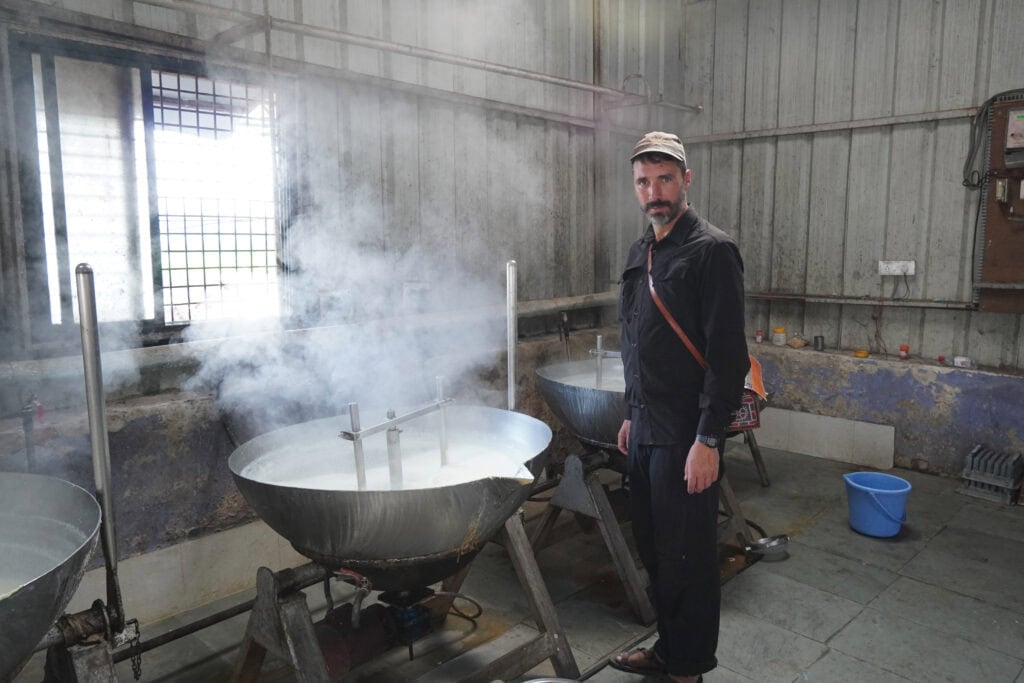
Milk that flows from farm to shop to restaurant to table
Operated by Arul Futnani and Shalini Philip, The Farm is a Chennai-based restaurant that incorporates coffee roasting and cheesemaking with other in-house specialty foods. They create stellar cheeses (including mozzarella, feta, a double-cream truncated pyramid, and two tommes—my favorite cheeses made in India) with the milk from their on-site herd of cows and buffalo. Emphasis on milk quality is the crucial differentiator that makes their cheeses stand out, as the farmstead approach is an uncommon concept within the new wave of Indian cheesemakers.
The Farm also follows a unique model of distribution, selling most of its products through the restaurant and an attached farm store. By refraining from scaling up and having the freedom to slowly introduce more challenging cheeses to an enthusiastic base of customers, The Farm is encouraging people to expand their palates through grassroots efforts. With an impressive and artful array of colorful cheeses, they set the cheesemaking bar in India.

Camel’s milk: a rare gem that may sustain a way of life
In Rajasthan, camels are milked by a Raika herder who stands upright and builds up a persistent, cappuccino-like foam in a metal vessel that doubles as a cook pot. Like other communities of camel pastoralists in India, locals consume camel’s milk while warm and raw, or heat it over a fire to make sweet chai. Low-fat camel’s milk has the remarkable ability to take on unique flavors depending on what the camels have been eating. Herders can identify a range of plants by tasting the milk—including acacia trees from tropical thorn forests and east Indian globe thistle from fallow agricultural fields—as they move their herds across wide landscapes.
Camel cheese is very rare, in part because it resists coagulation. To address this shortcoming, camel FPC (fermentation produced chymosin) rennet is being produced by biotech giant Novonesis (formerly CHR Hansen). Following the same gene-splicing process used to make bovine FPC, the product has allowed accelerated experimentation with camel milk since its introduction in 2008. Despite a fragile curd and low yields, camel’s milk cheese is made by several companies in India.
My first opportunity to work with and taste camel cheese transpired while staying on the campus of a project called Camel Charisma in Rajasthan. Local Raika men on motorcycles deliver the milk in cans each morning. This milk is immediately made into feta, a spreadable lactic “cream cheese,” or a lovely halloumi. Batch sizes of these cheeses are small, as the team seeks markets that are just beginning to develop. Camel Charisma is exploring how artisan cheese can add financial value to this exceptional milk while also paving a path to support the fading lifeway and ecological stewardship of Raika camel herders.

Community empowerment through pastoral cheese
In the neighboring state of Gujarat, Panchal Dairy is also working to support a threatened pastoral lifeway through crafting artisan cheese. This small company procures milk from local Rabari herders who raise heritage breed goats and sheep. They ferment the milk into cheese with clabber, an heirloom fermenting culture that’s cultivated from raw milk and functions like a sourdough starter. The company makes small batches of natural-rind cheeses—beautiful creations born from the pastoral traditions of the region.
Panchal Dairy and Camel Charisma face similar challenges, such as a lack of distribution channels and a reluctance among Indian consumers to taste cheeses made from non-bovine milk or with mold and yeast on the rind. Investing in developing this market, introducing unorthodox cheeses, and educating consumers and retailers are the logical first steps taken by three woman-led businesses.
Mansi Jasani has been working to promote artisan cheese in India for the last 12 years through her company, the Cheese Collective. She has been instrumental in the growth of cheese literacy in India through her tireless efforts to spread knowledge. Namrata Sundaresan and Anuradha Krishnamoorthy run Chennai-based Käse Cheese, producing some of the most progressive cheeses in India and aging those purchased from other producers. The aging space at Käse displays microbially diverse rinds that represent a range of styles, and the cheeses do not shy away from big flavors that may challenge consumers accustomed to blander, supermarket counterparts.
Asma Sayed was integral to founding Panchal Dairy and quickly became dedicated to the concept of making pastoral cheese. She and her sister, Ayesha Sayed, founded Bombay Fromagerie after noticing a lack of market for Panchal products. Popping up in restaurants and other venues to do tastings and workshops, the sisters hope to expand cheese consciousness and encourage people to support the new wave of cheesemakers.
During 14 weeks of travel, I explored the intersection of pastoralism, traditional dairy foods, and craft cheese in India, and I feel confident that India is undergoing an artisan cheese awakening that will continue blossoming in coming years. Craft coffee and chocolate are two fermented specialties that have recently experienced rapid growth in India, with tastings at small roasteries and tours of bean-to-bar cacao facilities becoming a popular activity. Artisan cheese appears to be on a similar trajectory, and I look forward to returning to this diverse country to taste the progress.
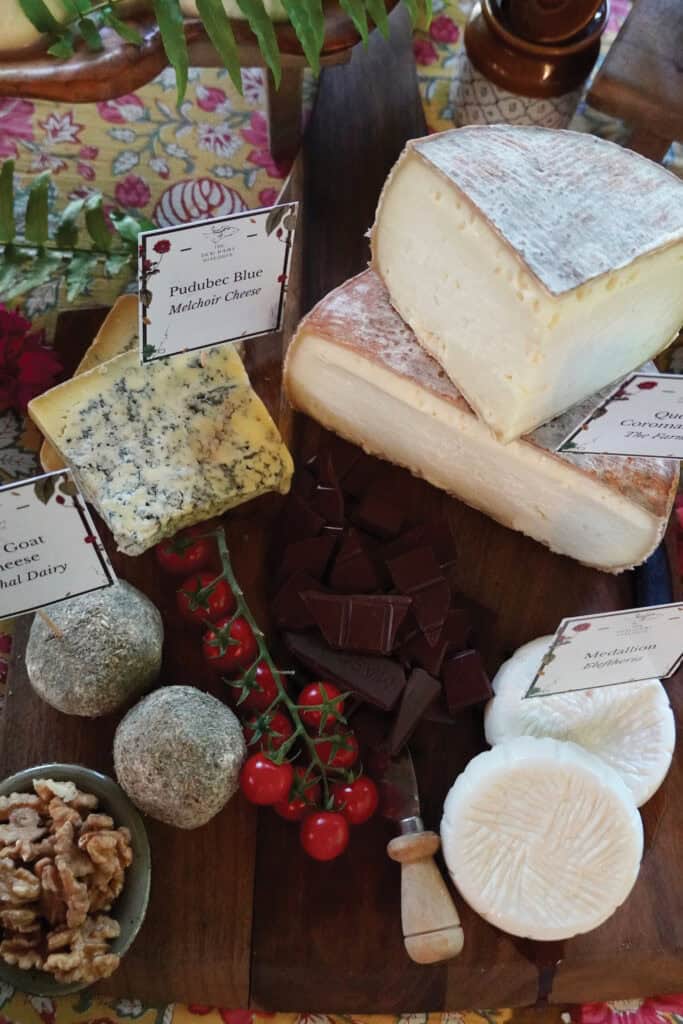
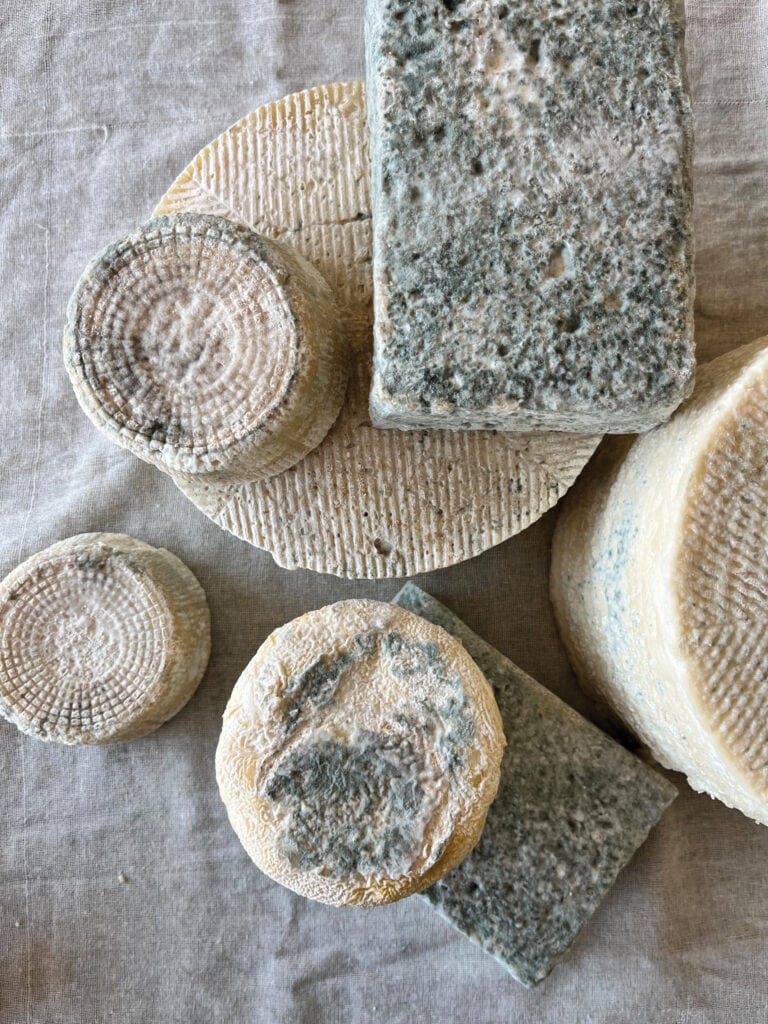
IN THE SPIRIT OF COLLABORATION
In February 2024, I participated in an event called the Desi Dairy Dialogue, which was the first nationwide gathering of cheese-focused folks in India. Speakers explored possible paths forward, as makers, mongers, and business owners networked while sampling a selection of cheeses. The quality of this selection was impressive: a pan-Indian array that made tangible the value of coming together and sharing cheese and ideas through the spirit of collaboration. The range of styles, colors, textures, and milks blew all of us away and showcased the experimentation and transparency that can occur in places unshackled by cheesemaking traditions.

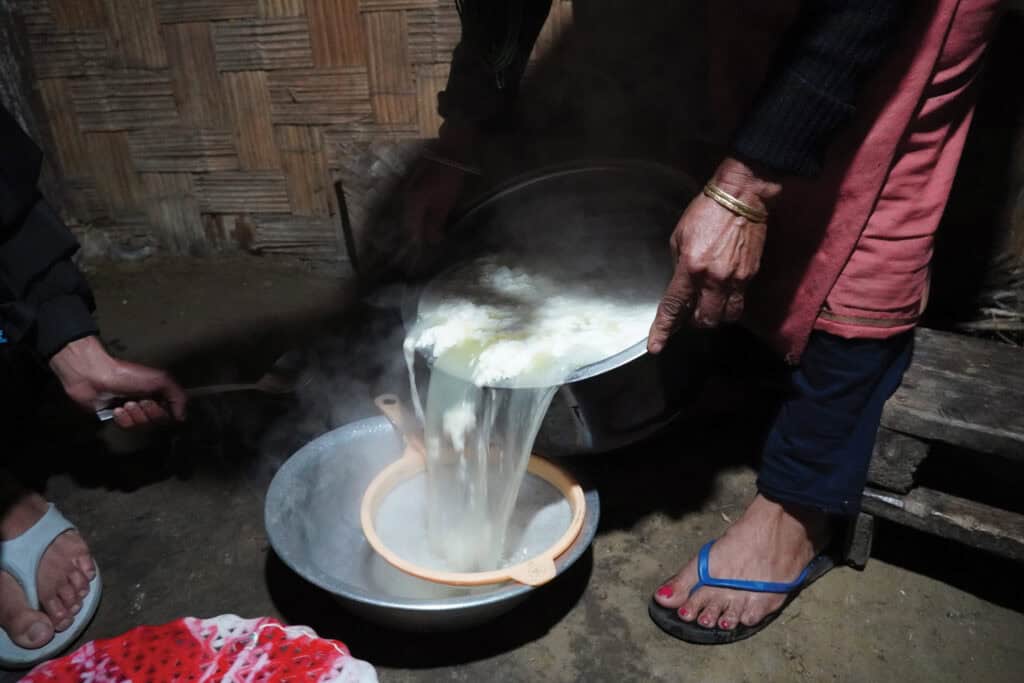
TRADITIONAL CHHURPI
While celebrating India’s innovative reinterpretation of global cheese styles, it is also important to highlight the country’s traditional cheeses. One of these is chhurpi, which I was able to observe as it was made in the northeastern state of Sikkim. It belongs to an ancient family of rennetless cheeses made alongside butter. First, yogurt is made in a wooden vessel that is never fully cleaned—the thermophilic culture living in and on the porous container. Sour yogurt is either consumed as is or churned into butter. The resulting buttermilk is boiled until it becomes a firm curd, which is then strained and allowed to drain overnight. This is eaten fresh, but there is also an aged version that just may be the hardest cheese in the world. Fresh chhurpi has a texture somewhere between ricotta and cottage cheese and is popular in various parts of the Himalayas, as well as the Tibetan Plateau.


